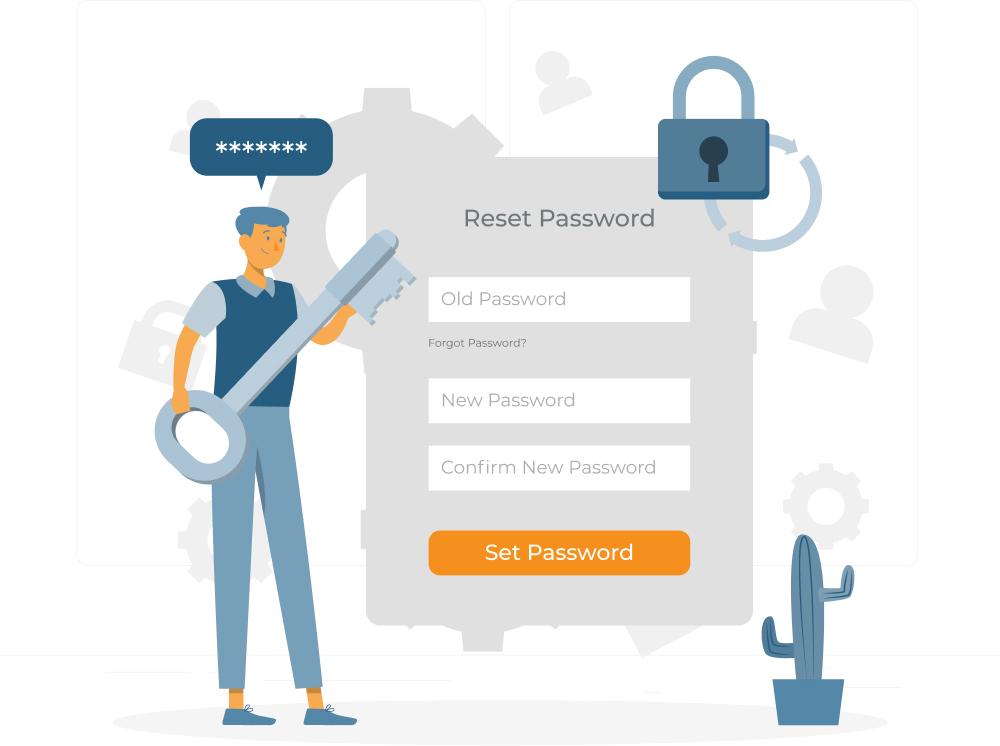In the realm of leadership, the words we choose hold immense power. Unfortunately, the vocabulary used to describe women in positions of authority often differs starkly from that used for their male counterparts. This is not just a thought, gendered language in the workplace is very much alive and kicking. This subtle but pervasive form of bias reinforces harmful stereotypes and creates barriers for women aspiring to and succeeding in leadership roles.
The Double Bind: Likability vs. Competence
Women leaders face a catch-22: they’re expected to be “nice” – warm, accommodating, and communal. However, these traits can conflict with traditional perceptions of effective leadership, often associated with assertiveness, decisiveness, and ambition. A 2003 study by Madeline Heilman and Alice Eagly found that both male and female participants were less likely to recommend a woman for a high-level job if she displayed stereotypically masculine traits. Thus, women can either conform to gender expectations and risk not being seen as a leader or demonstrate leadership qualities and potentially be perceived as unlikable.
The Vocabulary of Bias
This double standard becomes evident in the language used:
Bossy vs. Boss: A woman who directs others firmly might be labelled “bossy,” while a man with the same behaviour is simply seen as “the boss.”
Emotional vs. Passionate: Expressing frustration or strong feelings may make a woman “emotional,” while a man is “passionate” or “driven.”
Pushy vs. Persuasive: Women who assert their opinions can be seen as “pushy,” while men with the same approach are lauded for their “persuasiveness.”
The Costs of Linguistic Bias
This isn’t just about semantics; gendered language has real consequences. A study published in the Journal of Personality and Social Psychology revealed that negative terms used to describe women undermined their perceived competence. It also lessens the chance of women applying to jobs when job posts use gendered language. This can directly impact career advancement, as women might be overlooked for promotions or leadership roles. Moreover, this constant undercurrent of criticism can erode a woman’s confidence and create a sense of imposter syndrome.
Challenging the Narrative
To create a more equitable workplace, we need to address these biases head-on:
Awareness is Key: Start paying attention to how you and others describe women leaders in comparison to men. Challenge these assumptions.
Reframe the Narrative: When you hear negative, gendered descriptions, offer alternatives. Instead of “bossy,” suggest “decisive” or “directive.”
Elevate Women’s Voices: Amplify women’s accomplishments and celebrate the diverse ways they exercise leadership, using positive and empowering language.
This Women’s Day (and every day), let’s commit to breaking down the linguistic double standards that limit women’s potential. By changing the way we speak, we can shape a workplace where women are valued for their true leadership capabilities, regardless of outdated stereotypes.
Share this article with a friend or colleague!

